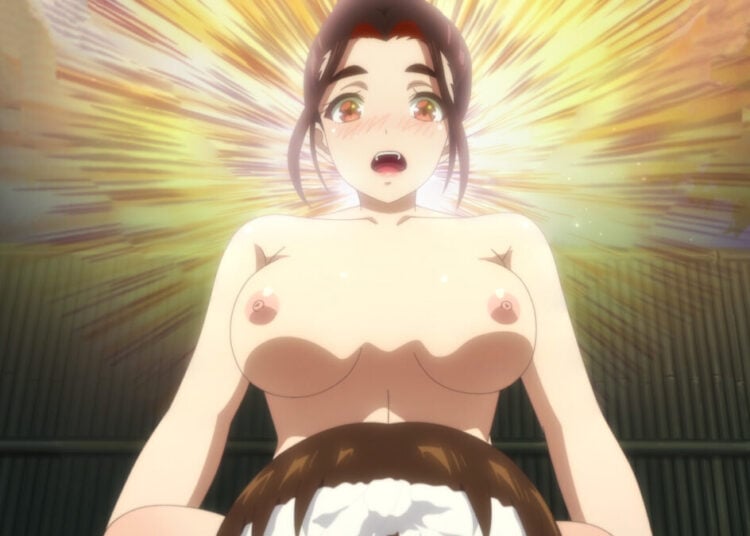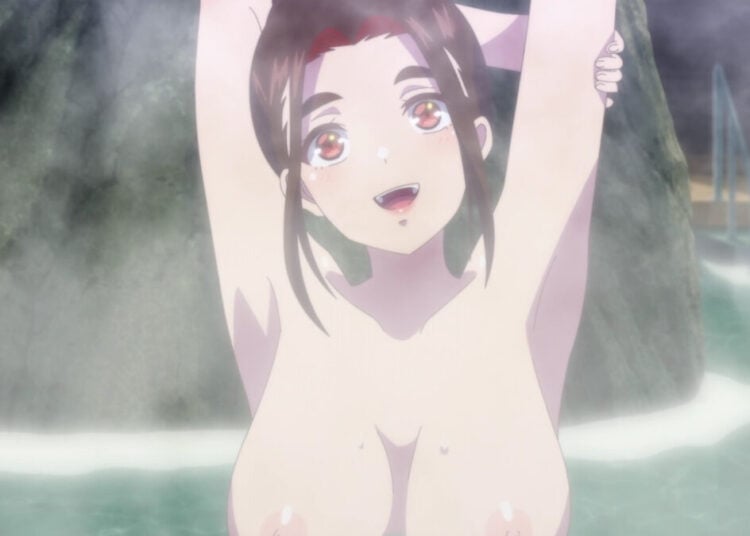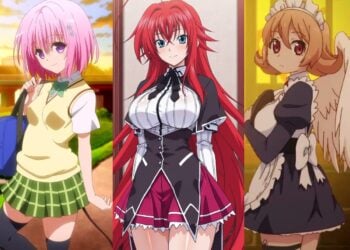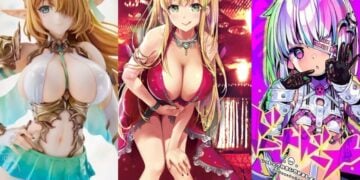The 16th installment of the Pretty Cure (shortened to Precure) franchise, Star☆Twinkle Pretty Cure had big shoes to fill as the follow up to the well-received HUGtto! Pretty Cure. Now that the first few episodes of its successor — Healin’ Good Pretty Cure — have aired, would it be worth the time to go back and check out the prior series?
As the title suggests, Star☆Twinkle’s motifs revolve around space and imagination. The main protagonist is Hoshina Hikaru, a middle school student with an interest in astronomy and constellations. One fateful day, while drawing constellations in her star notebook, a mysterious creature called Fuwa appears before her. The next day a rocket carrying two aliens — a teal haired girl with feelers on her head named Hagoromo Lala and an amorphous spherical blue creature named Prunce — falls from the sky. They tell Hikaru about the 12 Princess Color Pens. These contain the power of the 12 Star Princesses of Constellations, which brought balance and peace to the universe before the Princess’ palace was attacked and the Pens were scattered to different planets in the galaxy. Lala and Prunce are on Earth to search for the legendary Pretty Cure who, along with Fuwa, will lead them to the Princess Color Pens.
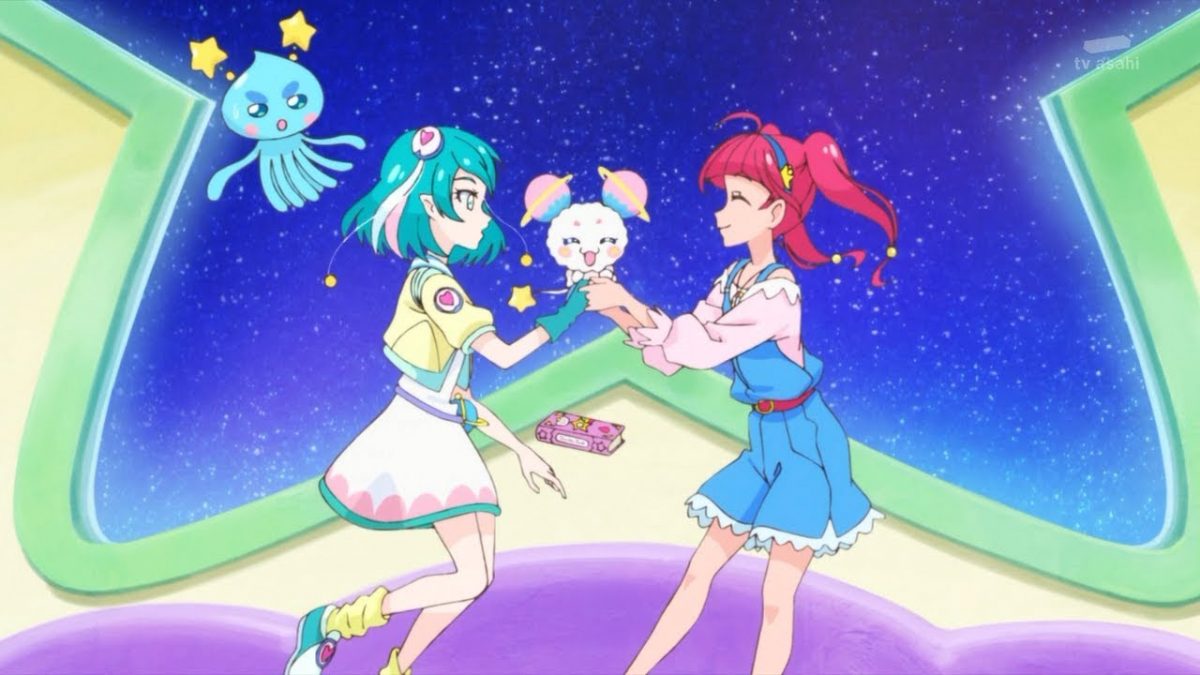
The group is suddenly attacked by a Notraider, outcasts who wish to take over the universe out of revenge and the villains for the series. Hikaru’s strong desire to protect Fuwa changes her notebook into the Twinkle Book and transforms her into a Pretty Cure, Cure Star, thus starting the journey to space to collect the Princess Color Pens. Later on, Lala herself becomes a Pretty Cure, Cure Milky. The pair are joined by three others: Cure Soleil, whose true identity is Amamiya Elena, a half-Mexican, half-Japanese nicknamed the “The Sun of Mihoshi Town” due to her cheerful demeanor; Kaguya Madoka, the multi-talented student council president who comes from a family of high status and becomes Cure Selene; and Yuni, an alien with cat-like features from the planet Rainbow who holds multiple identities such as Mao the space idol and the space phantom thief Blue Cat. She’s the fifth Pretty Cure, Cure Cosmo.
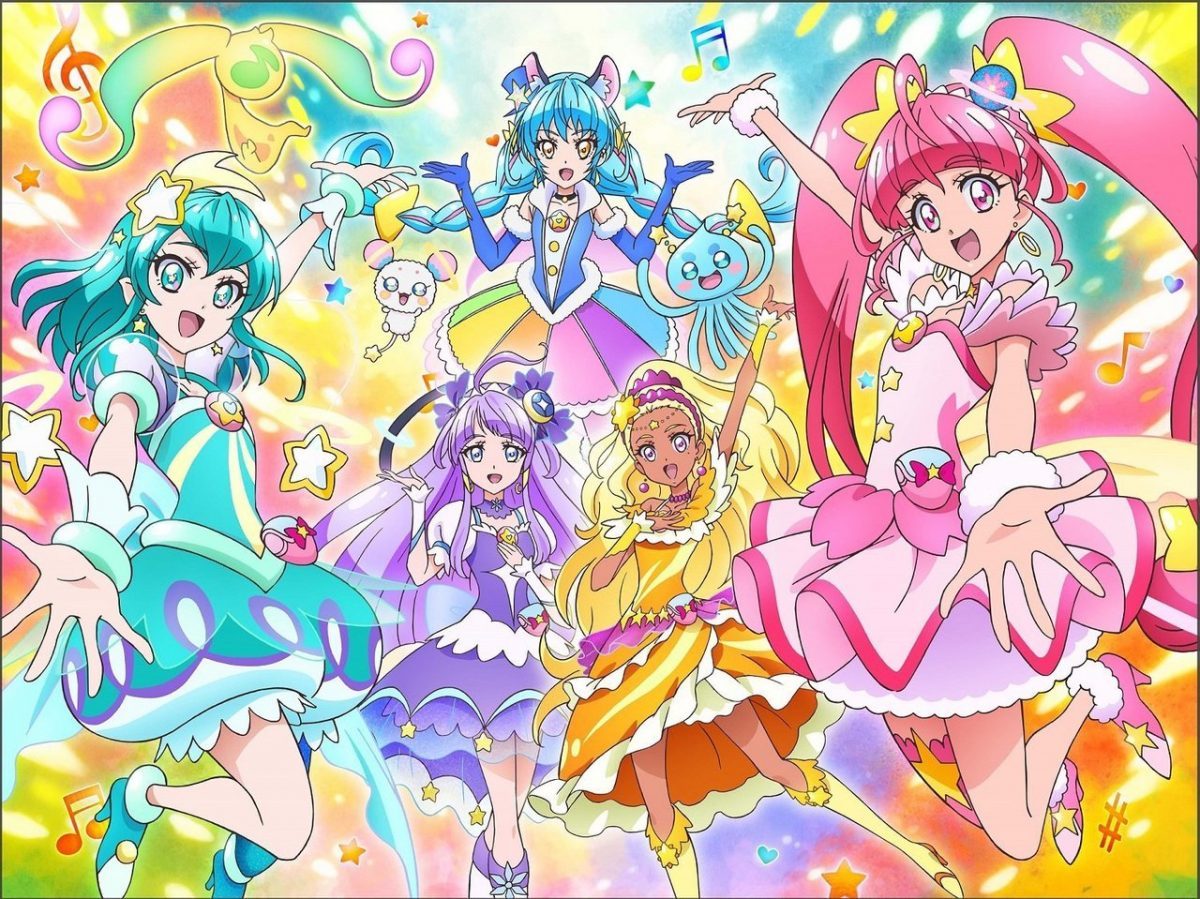
Before Star☆Twinkle went into production, the original plan was for the focus to be on Hikaru and Lala, similar to the plot of Mahou Tsukai! Pretty Cure — a previous series that focused on just a pair of protagonists. The addition of the other Cures later on was quite noticeable, as development revolves mostly around Hikaru and Lala and the dynamic between the excitable Earthling and the analytical alien. Lala herself is easily the most interesting character, as her story arc focuses on her starting off as a purely analytical personality who becomes more “human” through her friendships and experiences as a “fish out of water” on Earth. This is juxtaposed with Hikaru, who doubles as a stand-in for the audience, as she learns and explores all the unique planets and people along with the viewer. She also shares human experiences with Lala while they are on Earth.
The other main characters are less fleshed out and seem like a missed opportunity most of the time. Both Elena and Madoka’s story arcs are self-contained and more about the two girls learning about themselves. Yuni’s story revolves around her wanting to save her planet’s people after they have been turned to stone and, despite the urgency of the situation, the plot relegates her story to a few select episodes. In the beginning of the series, an ongoing plot point involving Madoka’s father, a government official, being suspicious of the group’s activities and starting to realize that aliens are real. This could have provided the series with some suspense, however, it is quickly played off as a gag and forgotten about.
Perhaps the biggest point of interest for the series is the fact that a large part of it takes place in space. Tying into the show’s motif of imagination, it gives the show a chance to flex its creative muscle when it comes to unique extraterrestrial worlds. These include a planet of dog aliens who feast on bones that falls from the sky, a casino planet full of lights with an auction house for the galaxy’s richest, and an eye-shaped planet where only aquatic creatures can inhabit. Unfortunately, these episodes make up a handful of episodes within a galaxy full of worlds, it’s a shame that only a few are showcased. The show is bogged down by episodes on Earth where the cast learns a lesson of the day, which is somewhat expected of a children’s show. However, these filler episodes end up being less interesting when the cast could have been exploring some far off land rather than being stuck on Earth repeating parables.
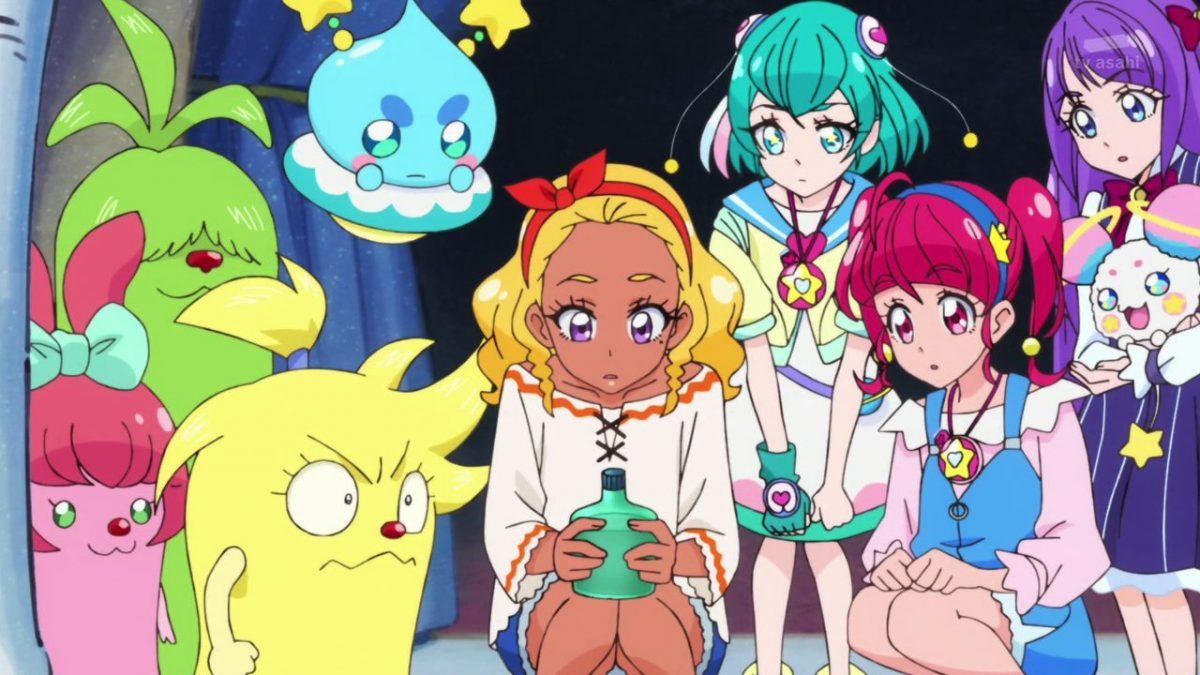
One of the trademarks of the Pretty Cure series is its unique action sequences, where the protagonists opt for hand to hand combat. Sadly this is one of the weaker areas of Star☆Twinkle, as fights generally do not have interesting choreography or strong animation, with most fight sequences quickly devolving into the Precure using their finishing moves. These attacks are often covered up with effects as well, lessening the potential impact of the fights. The Notraider villains are fairly generic as well. The generals, while having the unique ability to manifest negative thoughts into weapons or monsters, are unexplored until the final few episodes of the series making them nothing more than obstacles in the way of each episode’s completion.
On the positive side, Star☆Twinkle features perhaps the most unique transformation sequences in the entire franchise. Each transformation has the girls singing a song about “drawing what they want to be” as they trace out their outfits to a backdrop of celestial bodies. This is the first time the Pretty Cure franchise featured singing in a transformation sequence and the tune itself is quite catchy. The transformations are easily the most well animated and dynamic parts of each episode, which almost makes up for the less impressive fight scenes.
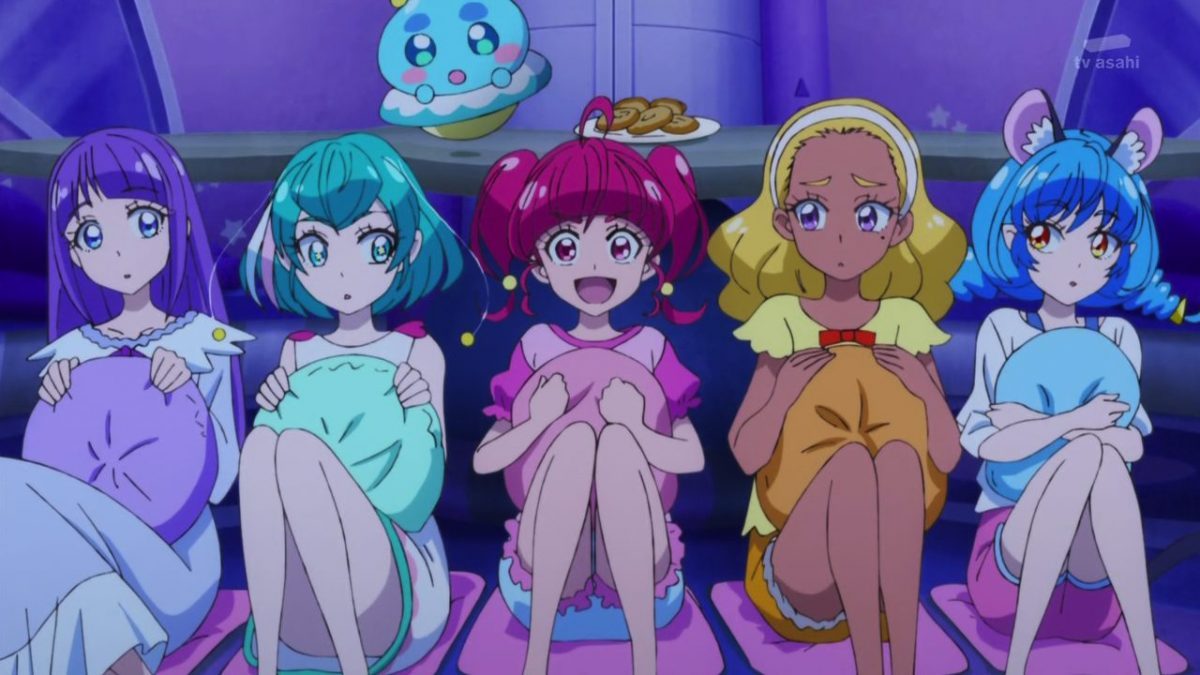
It is often difficult to recommend a Pretty Cure series, simply due to them being over 40 episodes long, on average. Overall, while Star☆Twinkle Pretty Cure is a fun show with likable protagonists, there are just too many inconsequential episodes that are average at best. For a show themed around imagination, only a handful of episodes feature truly creative stories. This averages out to just another run-of-the-mill series. Hopefully its successor, Healin’ Good Pretty Cure, will not play it safe and deliver a fresh and exciting Precure series fans have been waiting for.


